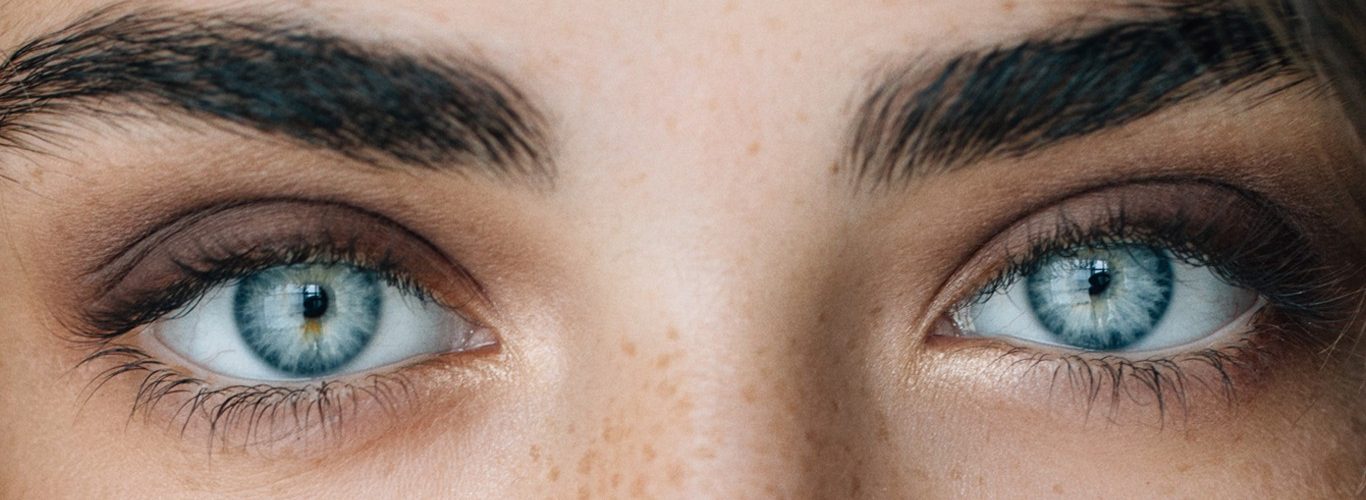The method of the director of the Vision Fitness Center in Tokyo sustains that the secret for an optimal vision is hidden in our brain. He claims that with a mixture of mental techniques and exercises for the eye muscles not only can we regain perfect eyesight, but also improve our cerebral activities.
“We don’t only see with our eyes” is the beginning point of Dr. Kazuhiro Nakagawa’s philosophy, who has been teaching his method for over 35 years and says to have helped 6 million people affected from myopia, presbyopia and astigmatism without usage of glasses, lenses and surgery. The brain converts and elaborates the images the eyes capture it’s an approach based on the power of the mind. To impede that a decline in vision impairs the capacity to concentrate, remember, take decisions it’s therefore important to train the muscles of the eyes. Here are some exercises and techniques that can be done easily during the day.
For myopia!
This exercise is aimed to better the eye flexibility and the speed of adaptation between far and near sight.
Hang a calendar on a wall in the room and stand at a certain distance. Position the palm of the hand at a 30-40 cm distance from the eyes and then look alternatively between the palm and the calendar. Start by moving the eyes every three seconds, afterwards increase little by little the speed reducing the number of seconds. Repeat twenty-thirty times.
This exercise is for people who spend a lot of time on their computer.
Start by closing the eyelids for ten seconds. Then, open your eyes and look up for ten more seconds. Close again, another ten seconds. Repeat by opening and looking down, then right, then left, always between intervals of ten seconds. The entire sequence must be done twice.
Another exercise for tired eyes is light tapping. It requires only a couple of minutes whenever your eyes feel tired. When you use the ocular muscles it’s easy to provoke a circulatory congestion: by lightly tapping the points of interest, it can be removed. But pay attention and bat the eyelids to maintain the constant supply of nutrients and oxygen to the cornea. For this reason it’s also important to not hold your breath and maintain a good posture.

Simplified scheme of six major extrinsic eye muscles.
For the eye muscles!
As strange as it may seem, eye muscles need their own exercise from time to time, especially those groups of muscles that we don’t use as often as we should. Take a look on these little tricks to improve your eye muscles.
Now is the time to play doctor visit on your own self by positioning the index finger in front of your face. Without looking away from the tip of the finger bring it slowly closer. The more it comes closer, the bigger the tension the eyes will feel. Moving it further away they will relax and not converge. By tracing lines around your visible space you will strain your eyes, and keep your ocular muscles working.
As mentioned above, Nakagawa exposes various exercises to improve concentration and coordination between the eye and the brain. Special emphasis is put on memory exercises.
Write numbers between three to seven digits, each one on a different line. Starting from the first one at the top, start memorizing by looking at the number for no more than a second. Then try to rewrite it without looking back. At every error, start again. After you remember all of them, try with two or three numbers together. The more digits and numbers you remember, the better your memory will be.
An exercise to better eye-brain coordination is to play rock, paper and scissors by yourself.
Straighten your hands and decide to have the right one win. Without stopping your thinking process mimic one of the three objects with the right hand and, after seeing which one it is, mimic with the left hand the losing object. Vary the exercise by changing the winning hand. The movements will get more rapid and correct, improving your coordination.
Adapted and translated from Kazuhiro Nakagawa, Recupera una vista perfetta con lo yoga per gli occhi, Sperling & Kupfer, 2015.
M.F.






